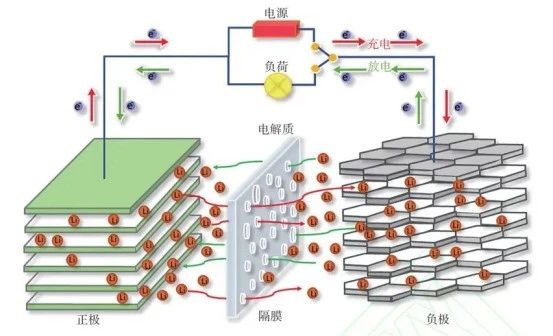Ceramic Separator: The Guardian of Solid-State Battery Safety
1. Why is a ceramic separator needed?
Traditional liquid battery separators (such as PE/PP) are prone to melting and shrinking at high temperatures, leading to short circuits between the positive and negative electrodes. For example, the liquid electrolytes used in traditional lithium batteries pose risks of flammability and leakage.

While solid-state batteries use solid-state electrolytes, they still suffer from high interfacial impedance and the risk of lithium dendrite penetration. In contrast, the introduction of ceramic separators addresses these pain points through the following characteristics:
(1) High temperature resistance: Ceramic materials (such as alumina and boehmite) generally have a melting point exceeding 1,500°C and can withstand high temperatures above 300°C without failure, ensuring the battery remains safe and stable in extreme environments.
(2) Puncture resistance: Ceramic particles have high hardness (boehmite has a Mohs hardness of 3.5), which can effectively block lithium dendrites from piercing through.
(3) Chemical stability: Compatible with solid-state electrolytes, it avoids side reactions and significantly extends the service life of the battery.
(4) Functional compositeness: Some ceramic materials (such as LATP) also have ionic conductivity, which can optimize interfacial impedance. These characteristics make ceramic separators an indispensable core component of solid-state batteries.
2. Material Types and Structural Processes of Ceramic Separators
(1) Material Types:
Alumina ceramics, composite ceramics, nanoceramics.
(2) Structures:
Coated ceramic separators: A ceramic layer with a thickness of 500 nm - 4 μm is coated on the surface of polyolefin-based membranes (PE/PP), enhancing heat resistance (temperature resistance > 200°C).
Composite ceramic separators: Ceramic particles are compounded with polymer electrolytes to form a three-dimensional ionic conduction network.
All-ceramic solid-state electrolytes: NASICON-type (such as LLZO) or garnet-type (such as LLTO) ceramics are directly used as separators, completely eliminating liquid electrolytes.
(3) Processes:
Coating process: Micro-engraved gravure roll coating or slot-die extrusion coating is used to achieve uniform single-sided/double-sided coverage of the ceramic layer. For example, the thickness of the boehmite coating can be precisely controlled at 1-2μm, balancing safety and energy density.
Sintering technology: High-temperature sintering (800-1200°C) is employed to tightly bond ceramic particles with the base membrane, forming a dense layer.
Interface regulation: Artificial SEI films or fast ion conductors (such as LiTFSI) are introduced between the ceramic layer and the electrode to reduce interfacial impedance.

